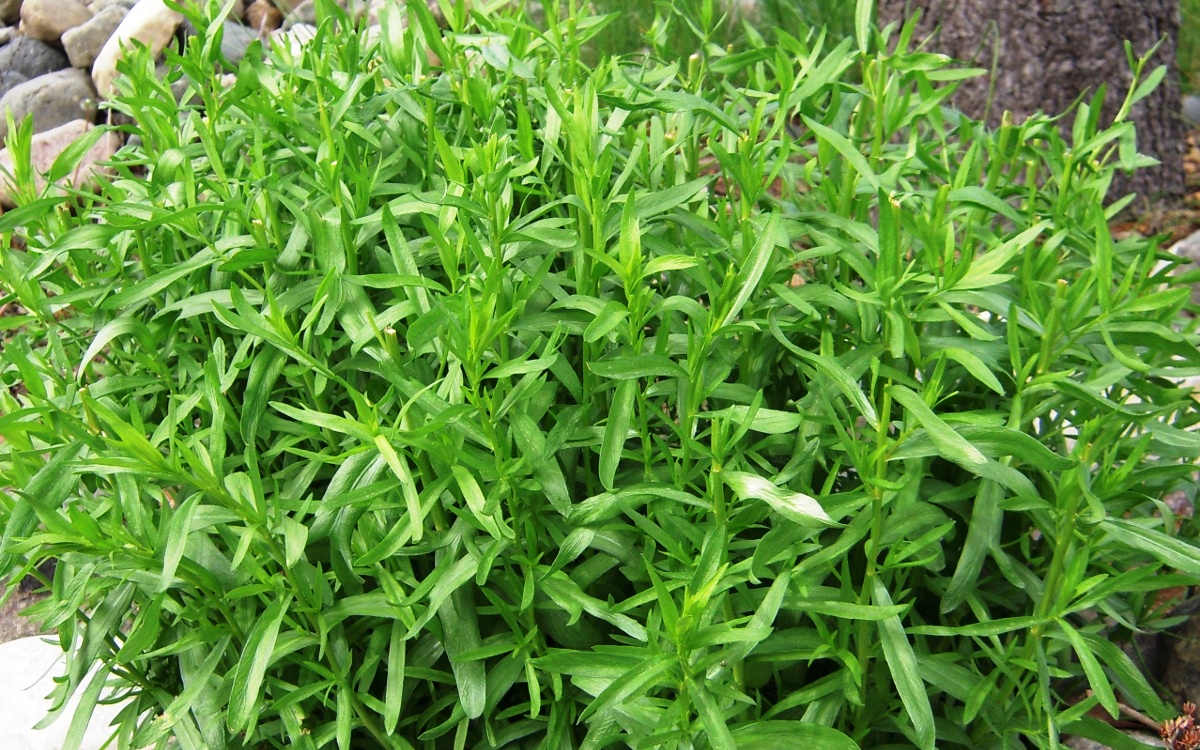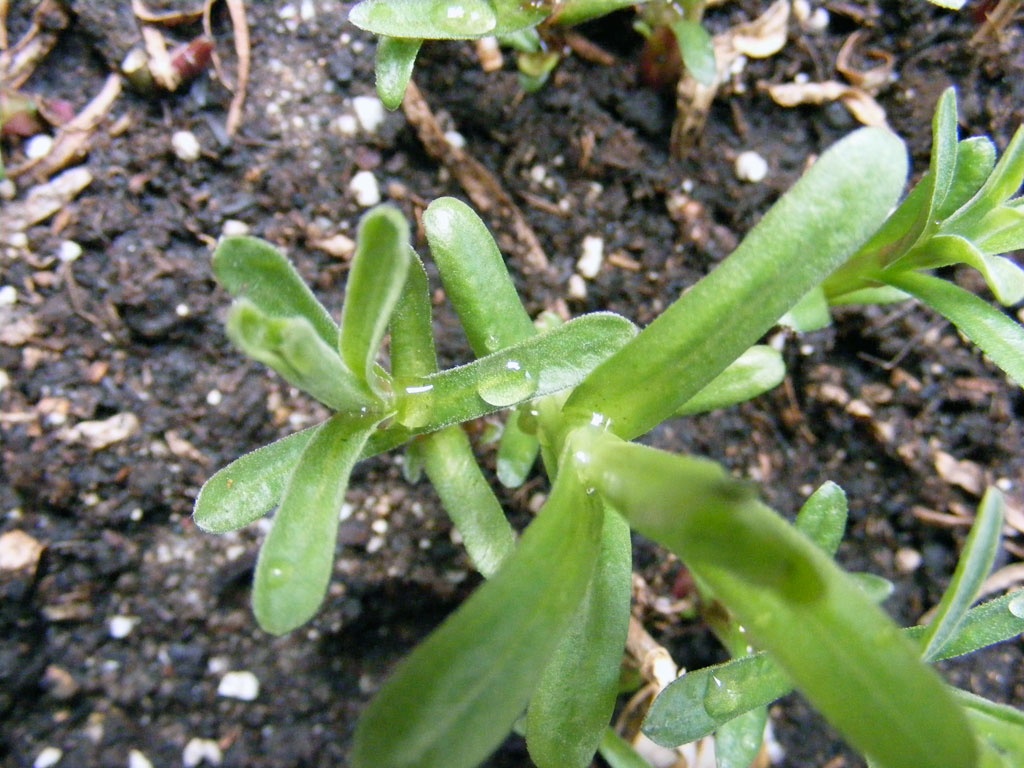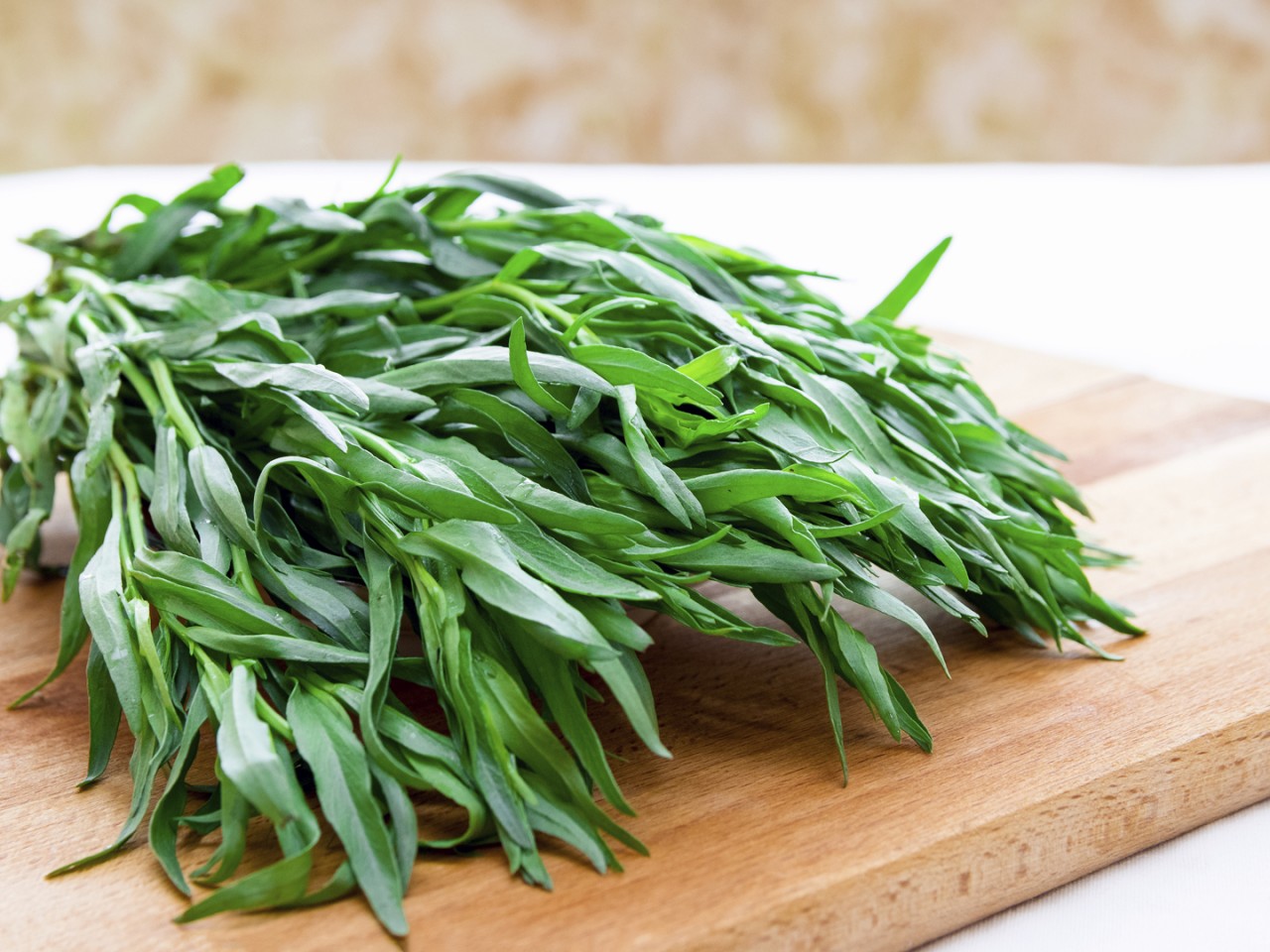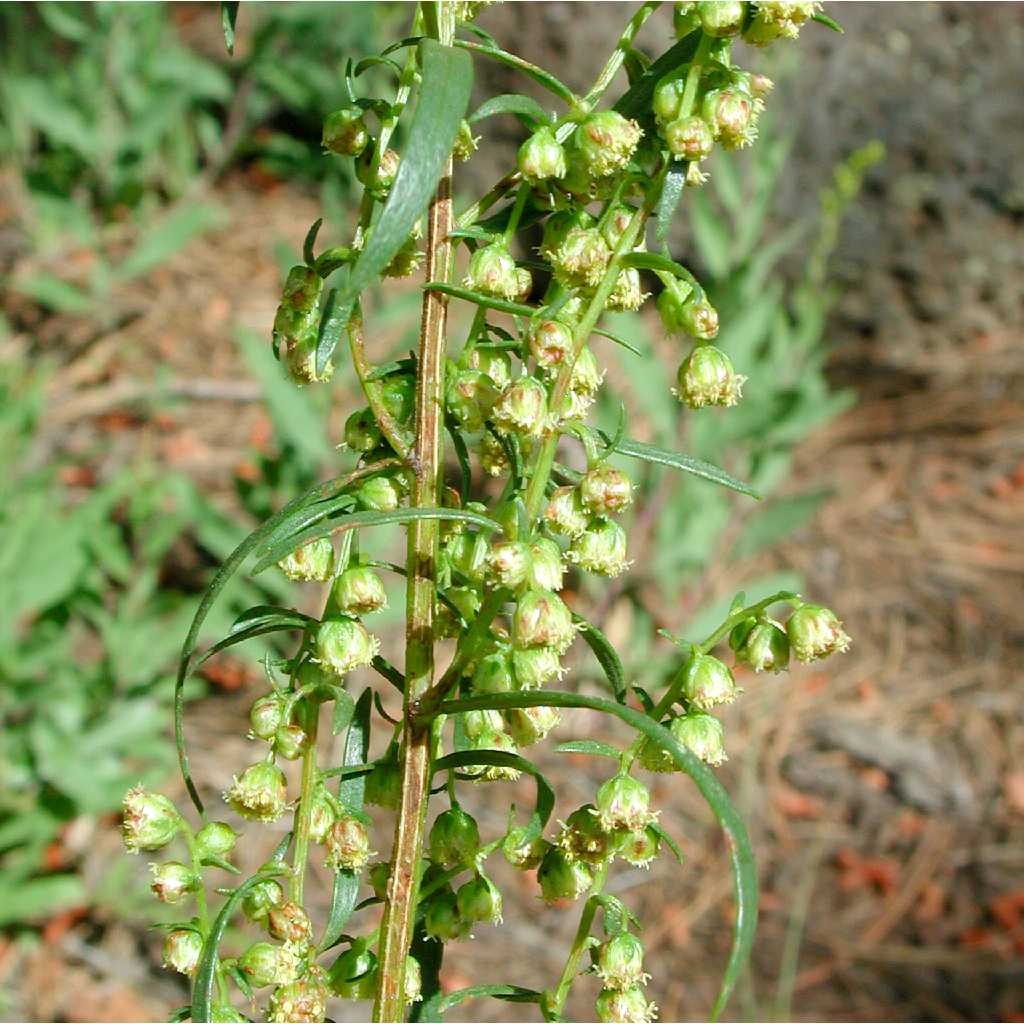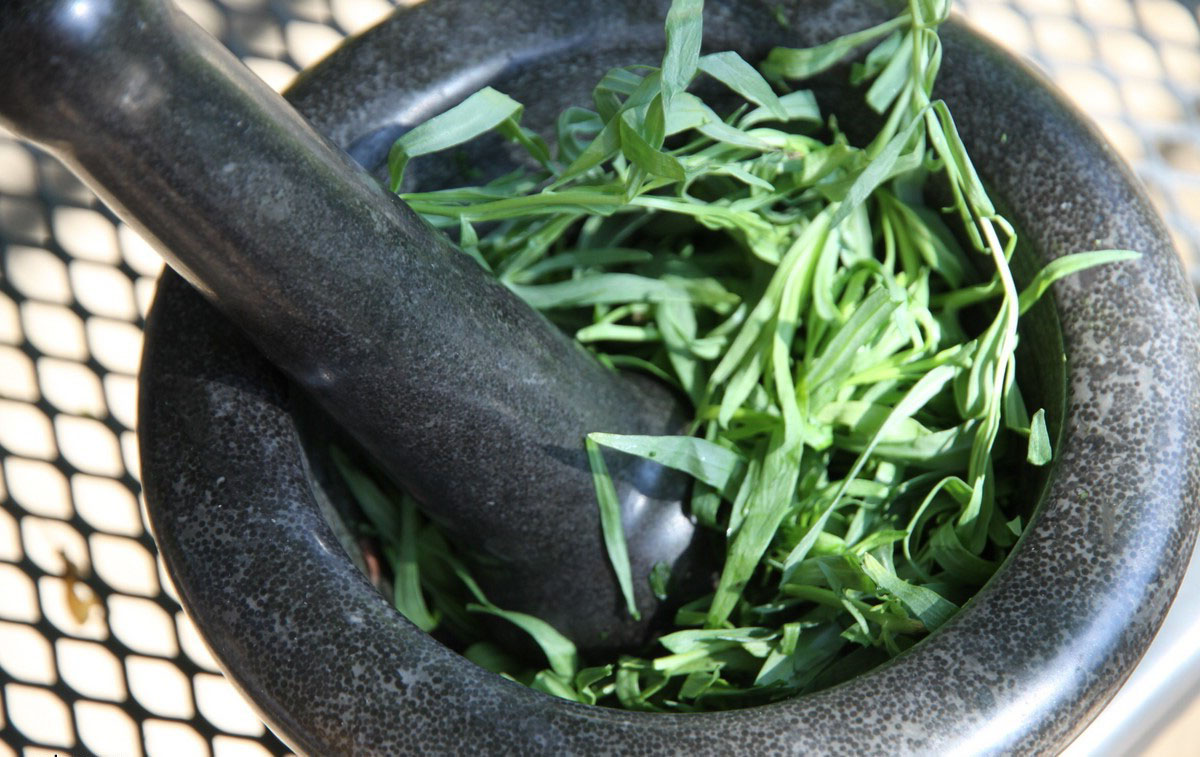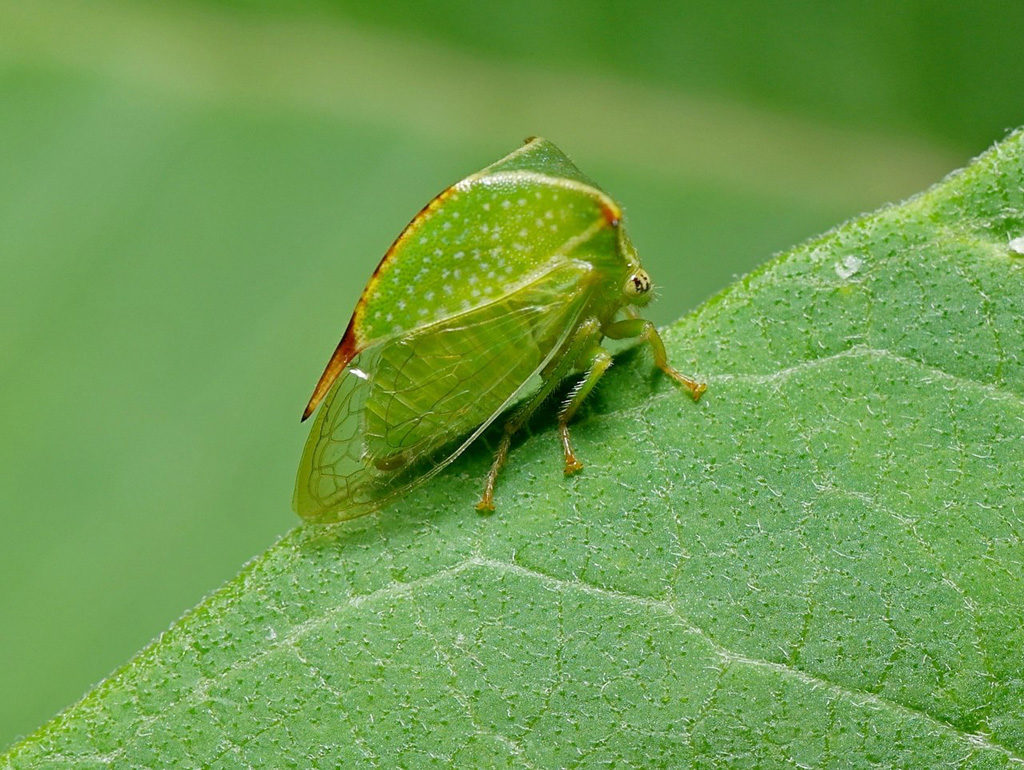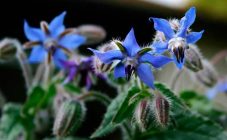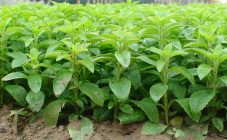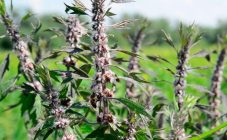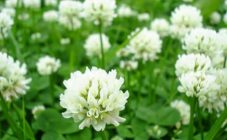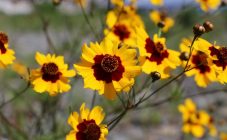Content:
Tarragon (another name for the herb - tarragon) refers to plants that are widely found in natural conditions. It has wide potential for planting in orchards and vegetable gardens. This is due to its beneficial properties and qualities.
What does the tarragon plant look like
According to the description, the stems of the plant are not numerous, their height varies from 40 to 150 cm. The stems are bare, erect, yellow-brownish in color. The foliage is whole, oblong-lanceolate or linear-lanceolate with a pointed apex. The upper part of the leaves of the lower layer is slightly incised.
The flowers have a pale yellow color. They are arranged in narrowed and thickened paniculate inflorescences wrapped in shortened elliptical or spherical foliage. Bare wrapper, painted in a greenish-yellowish color, shiny with films along the edges.
The fruit is an elongated achene, there is no crest on it. Flowering begins in July and lasts until August. The ripening period of the fruit is in the middle of autumn. The root system is woody.
Under natural conditions, the plant grows in the states of Eastern Europe, Transcaucasia, Central Asia, as well as in China, India, Mongolia, and Pakistan. Tarragon areas in North America stretch from the subarctic territories of Alaska and Canada to the central regions of Mexico. In Russia, the culture can be found in the European territory of Russia, the southern regions of Eastern Siberia, Western Siberia, and the Far East.
Types and varieties
Goodwin
It is a perennial variety characterized by increased winter and frost resistance. Plants grow up to 1 meter in height and form an abundant vegetative mass. By the second year of cultivation, the mass of green mass reaches 500-600 g, due to which it becomes ready for cutting. The peculiarities of the variety are powerful, pleasant aroma and slightly bitter aftertaste. The foliage of the plant is used as a seasoning for various pickles, as well as meat, vegetable and fish dishes. Plants can be cultivated both in an apartment on a windowsill and in open ground conditions.
Zhulebinsky Semko
The height of the plant stems varies from 60 cm to 1.5 m. The foliage is thickened, and the plant itself is characterized by an atypical spicy aroma. The flowers are small in size, have a yellowish color. The variety has found application in cooking and vegetable canning.
Dobrynya
The stems of the variety grow up to 1 m in height. The plant has increased frost resistance and drought resistance, normally tolerates winter periods. The variety can grow in one place for up to 10 years in a row, but experienced gardeners still recommend dividing the bushes once every 3 years in order to rejuvenate the plantings. Dobrynya contains carotene, essential oil, ascorbic acid and other useful chemical elements. The foliage is used for the preparation of fish and meat dishes, salads, drinks and pickles according to appropriate recipes.
Gribovsky
One of the most widespread varieties in Russia, combining winter and frost resistance with disease resistance. Stems are oblong, the bush reaches up to 1 m in height. The foliage is elongated and pointed at the ends, has a rich green color. The flowers are smallish white. In the same place, it can be normally cultivated for up to 15 years in a row. It is widely used in cooking. Cutting foliage is carried out in the second year of plant growth, when a month has passed since the beginning of growth.
Monarch
A perennial cultivar with a spicy, pungent odor and refreshing taste. The height of a bush of an adult plant can reach 1.5 m. The vegetative mass of plants is used as an ingredient in salads, as well as a seasoning for fish and meat dishes, drinks, and preserves for the winter. Plants retain their characteristic aroma even when dry. The first collection of green mass falls on the 25-30th day after the resumption of active vegetation in the second year of plant life.
Valkovsky
One of the very first varieties of tarragon of domestic selection, which is called so in honor of the scientist. The bush has a weak aroma. Unpretentious, easily adapts to various cultivation conditions. It stands out for its winter hardiness and resistance to various diseases. The flowers are small in size, whitish in color. A certain amount of essential oil is present in the plants of the variety. Fresh is used as an additive to meat dishes, salads, for pickling cucumbers and tomatoes, for the production of cheese products. Has become widespread in folk medicine.
French
A variety with a characteristic pleasant smell and high taste. It stands out for its increased cold resistance and disease resistance. The stems reach a height of 1.5 m and have dark green elongated foliage. During flowering, small white inflorescences are formed. Plants are used in the preparation of salads, meat dishes, cheeses, pickles. The variety has high decorative properties, which is the reason for its prevalence in landscape design. Up to 600 g of vegetative greens are harvested from one bush.
Tarragon herb (tarragon): properties and uses
Tarragon is a herb that has one of the most optimal chemical compositions for medical use. It is often used in traditional medicine. So, in its composition there are phytoncides, which are used to prevent cancer and fight against the emergence and spread of neoplasms. Other healing qualities of the plant include:
- Strengthening the skeletal system. Regular consumption of herbal raw materials tarragon allows you to saturate the human body with enough calcium to improve the condition of bone tissue. This property is especially important for patients suffering from arthrosis, arthritis, rheumatism and other similar diseases.
- Relief of anxiety and tension. Ingestion of the decoctions helps fight insomnia and neurosis, and the essential oil with a powerful smell is widely used in aromatherapy.
- Cold treatment. Tarragon contains enzymes that can destroy bacteria and viruses. To do this, on the basis of the plant, you can make decoctions or teas from dried herb.
- Normalization of kidney function. Tarragon frees the body of excess fluid and toxins, so it can be used to get rid of puffiness.
- Removal of toothache. A short chewing of a leaf of a plant allows you to get rid of unpleasant pain sensations.
- Improving the functioning of the reproductive system. The herb improves potency in men, and in women it normalizes hormones. The plant improves sexual health and gives strength and also helps to regulate the menstrual cycle.
- Strengthening the immune system. Teas and other beverages relieve seasonal depression, fatigue and prevent the risk of malnutrition.
- Improved appetite. The plant allows you to normalize the digestive processes.
- Decrease in blood pressure. This property has become widespread in the fight against varicose veins, thrombosis and hypertension.
- Use in cosmetology. Tarragon is characterized by the presence in its composition of special substances that improve the condition of the skin of the face with a dried epidermis, moisturize the scalp and hair.
Contraindications
Despite the obvious medicinal benefits of the plant in question, in some cases the use of it and products based on it may be strictly prohibited or limited. Such situations include an ulcer or gastritis, as well as increased gastric acidity. During pregnancy and breastfeeding, it is also recommended to refrain from eating the plant.
Even in the absence of contraindications, the dosage of medicines should not be exceeded, and their intake should be combined with the usual nutritious use of tarragon. Violation of these recommendations can provoke such side symptoms:
- convulsions;
- vomiting;
- loss of consciousness;
- nausea.
Diseases and pests of tarragon
The most common disease found on tarragon is rust. This fungal disease often manifests itself on overly thickened plantations, as well as where a large amount of nitrogenous nutrients is introduced. The spores of the disease can spread throughout the entire site in a short period and infect healthy plants. Without the necessary control measures, the foliage of plants will soon wither and dry out. Treatment of the disease involves the use of appropriate fungicides. Preventive measures are as follows:
- follow the generally accepted technology of plant cultivation, especially in terms of fertilizing and seeding rates;
- promptly remove and burn plant residues;
- weed and cut off the green part as necessary.
Aphids, wireworms, leafhoppers are most often found among harmful insects on culture. You can get rid of the first pest with the help of folk remedies alone. In this case, use infusions prepared on the basis of:
- green potato tops;
- onion peels;
- yarrow;
- tobacco.
The harm of the wireworm is damage to the root system. The insect poses a serious danger to young plants, while it does not cause significant damage to older specimens. You can destroy the wireworm by liming the soil, as well as deep loosening it.
The greatest danger among leafhoppers in the European territory of Russia for tarragon is the pennies leafhoppers. Insects get their name from the foamy liquid substance that they release around themselves. Adult specimens of the pest and larvae harm the foliage of the plant, sucking out juices from it and making the leaves wrinkled and ugly. It is possible to reduce the risk of the appearance and spread of these pests by timely removal of weeds, which is the initial place of appearance of leafhoppers. The affected foliage should be cut off and burned as soon as possible, and the plantings should be treated with special insecticides or fluff lime.
Useful information about tarragon
Due to its spicy-pungent taste and remarkable aroma, the herb tarragon has been used as a culture used for culinary purposes. In Central Asia and the countries of the Caucasus, tarragon salad varieties are widely cultivated, and aromatic and spicy varieties are widespread in Moldova and Ukraine.The plant can be added to workpieces as a seasoning and an additional ingredient. In France, vinegar is made on the basis of tarragon.
Tarragon is a herb that is widely used in agriculture as a forage crop. Plants are well eaten by cattle in silage or hay.
The plant has a wide significance for humans and therefore is recommended for cultivation in a cultural environment. If you have some knowledge of caring for tarragon, its cultivation will not be difficult and will allow you to form high-quality fruitful plantings. The grass looks spectacular on the site, it can be eaten, and its smell can scare off some harmful insects. What is not a cool assistant in the garden ?!
